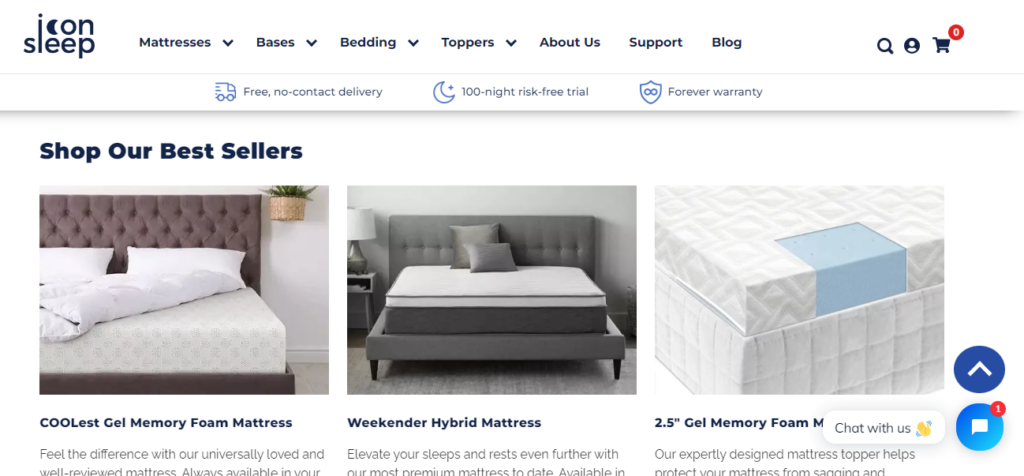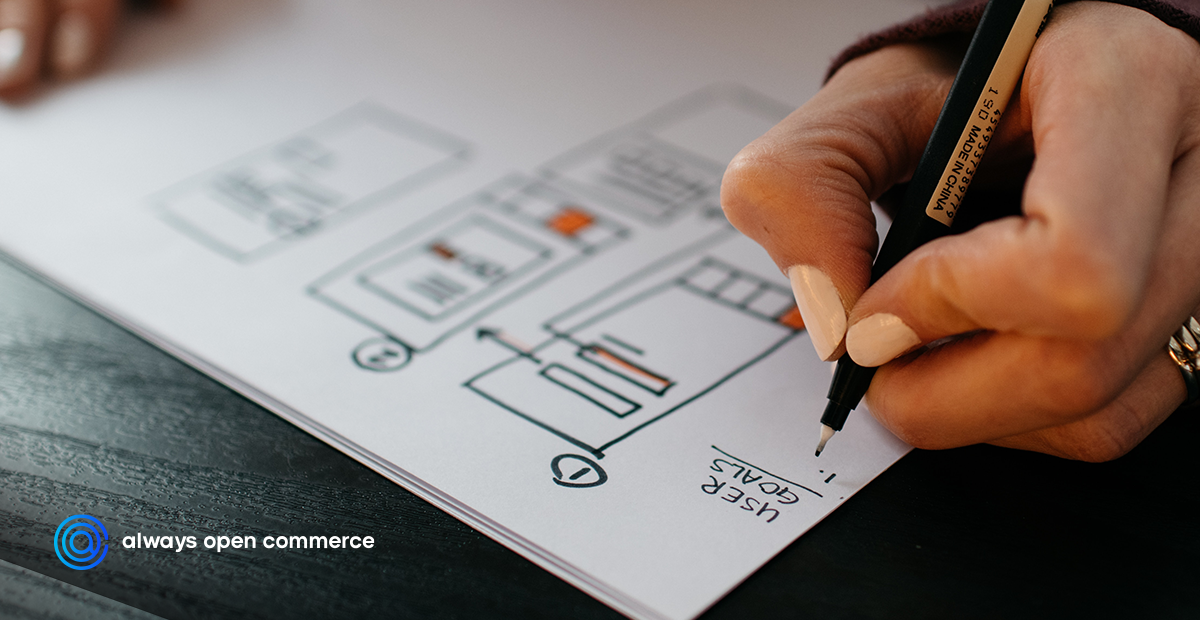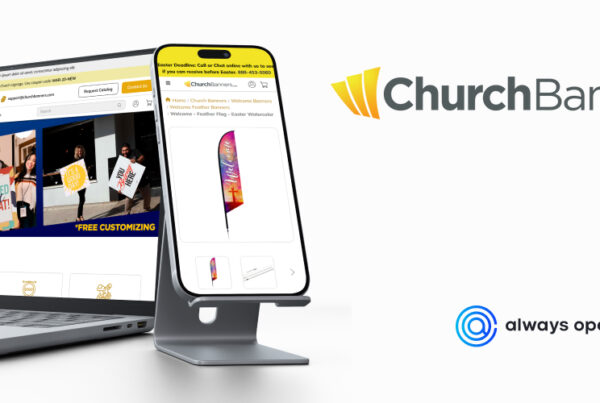A well-designed and friendly e-commerce website is crucial for any business planning to succeed online. And at the heart of creating such a website lies UX design. But what exactly is UX design? And how does it impact e-commerce websites?
We’ll dissect the essential elements of UX design for creating an effective e-commerce website, and why it matters in today’s competitive online marketplace. So buckle up, and let’s roll into the world of UX design!

What is UX Design?
UX (User Experience) outline is a vital feature of web design that focuses on creating products and services that are enjoyable, efficient, and easy to use. At its core, UX design requires identifying the needs and behaviors of users in order to develop solutions that meet their requirements.
UX designers use methods such as user research, prototyping, usability testing, and interaction design to achieve this goal. By doing so, they create interfaces that are intuitive to use while also providing an enjoyable experience for users.
The ultimate aim of UX design is to help businesses deliver value by enabling customers to easily find what they need or complete tasks without any difficulty. This results in increased customer satisfaction levels which can lead to higher sales conversions as well as repeat business.
Then, UX design is about putting the user first – understanding their needs and expectations – then designing experiences around them. By focusing on delivering high-quality experiences through thoughtful designs we can create websites with better traffic flow leading ultimately towards more satisfied customers who will keep coming back again and again.

How UX Design Impacts e-Commerce Websites
The impact of UX design on e-commerce websites cannot be overstated. A website’s success is largely dependent on the user experience it provides. UX design aims to create a seamless and enjoyable journey for users, making them more likely to engage with the site and ultimately make a purchase.
A well-designed e-commerce site will have clear navigation, easy-to-use search functions, and intuitive checkout processes that reduce cart abandonment rates. It should also provide detailed product information, reviews from other customers, and personalized recommendations based on previous purchases or browsing history.
One crucial aspect of UX design in e-commerce is mobile optimization. With an increasing number of consumers using their smartphones to shop online, having a mobile-friendly site can make all the difference in attracting and retaining customers.
User research is another key component of effective UX design for e-commerce sites. By comprehending how users interact with the website and what they are looking for in a shopping adventure, designers can tailor their approach to meet those needs effectively.
Investing in quality UX design can significantly improve an e-commerce website’s performance by maximizing user engagement and conversion rates.

The Different Elements of UX Design
The success of an e-commerce website depends largely on the user experience (UX) design. But what exactly is UX Design? It pertains to the procedure of designing a product or service that is simple and pleasant to interact with.
Usability
To achieve this, there are several elements that make up UX design. The first element is usability – ensuring that your website is easy to use and navigate around. This includes having clear calls-to-action, intuitive navigation menus, and a responsive layout.
Visual Appeal
Another key element of UX design is visual appeal. To create a visually appealing website you need to consider factors such as color choice, typography, imagery and overall aesthetics.
Accessibility
Ensuring that all users can access your website regardless of any disabilities they may have, accessibility plays an important role in UX design. Accessibility features such as alt-text descriptions for images and text-to-speech options can improve the experience for those with visual impairments.
Content Strategy
But no less important than the others mentioned above is content strategy which means providing valuable content throughout the site while maintaining its relevance because useful information makes people stay longer on websites increasing their dwell time thereby improving ranking signals from Google.
Incorporating these different elements into your e-commerce website’s UX design will not only help attract more customers but also keep them coming back for more!
Creating a Successful e-Commerce Website
Building a successful e-commerce site involves more than just presenting your products or services. It requires thorough planning, execution, and attention to detail. One of the components in creating a successful e-commerce website is UX design.
It’s important to consider the look and feel of your website. A clean design can make all the difference in attracting customers and keeping them engaged on your site.
Navigation is crucial for any e-commerce website. Without having to navigate through multiple pages, customers should simply find what they are looking for.
Providing high-quality product images and descriptions is essential for building trust with potential customers. This can boost sales by giving customers a clear idea of what they’re purchasing before making an order.
Incorporating user reviews and feedback on product pages allows visitors to engage with other users who have purchased similar items before. This adds credibility to your brand and provides invaluable insights into customer behavior that can help improve future experiences.
Building a successful website depends heavily on understanding the needs of your target audience while implementing effective UX design strategies that enhance their experience on your site.
UX design plays a crucial role in creating a successful e-commerce website. It is not just about making the site look aesthetically pleasing; it’s about providing users with an intuitive and seamless experience from start to finish – from browsing products to completing their purchase.
An effective e-commerce website can lead to increased sales, customer loyalty, and brand recognition. By implementing the different elements of UX design such as clear navigation, responsive design, fast loading times and easy checkout processes, you are setting your business up for success.
When designing your e-commerce website, every decision must be formed with the customer in mind. Take time to test and refine your site until you achieve the optimal user experience.
By prioritizing UX design in your online business strategy, you’ll be on the path towards building a loyal customer base who will keep coming back for more!UX design is a crucial component in creating successful products, and it requires careful attention to detail and user needs. If you find yourself struggling with UX design or simply need additional support, look no further than Always Open Commerce. Our team of experts possesses the skills and knowledge necessary to deliver exceptional results that meet your specific requirements. We understand that every project is unique, which is why we take a tailored approach to our services. With Always Open Commerc’s help in UX design, you can feel confident knowing that your users will have an enjoyable experience while using your product. Trust us for reliable solutions that exceed expectations, make a call and contact us now!












